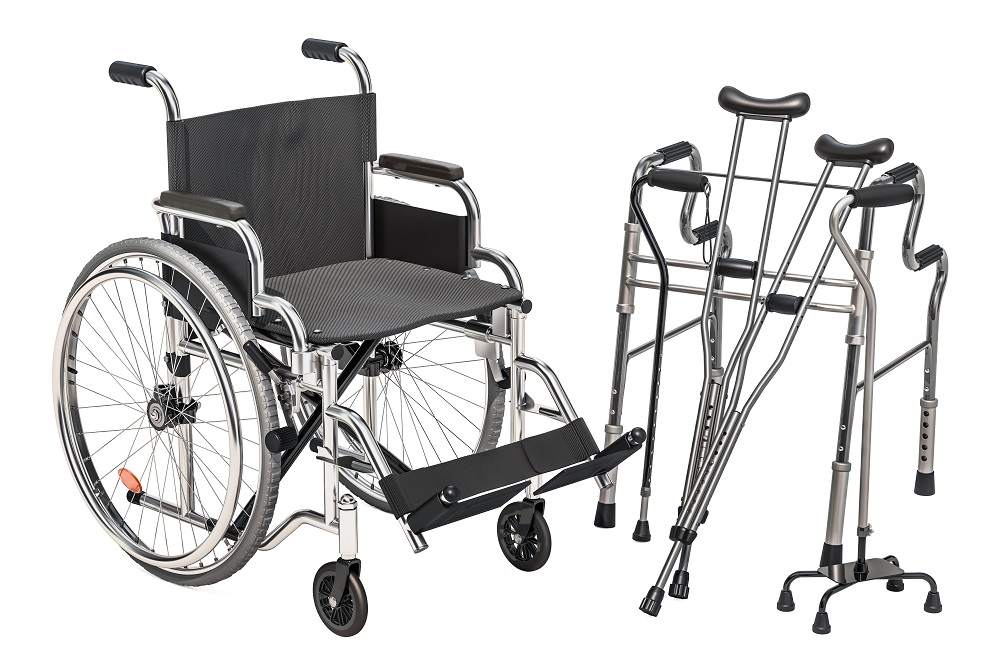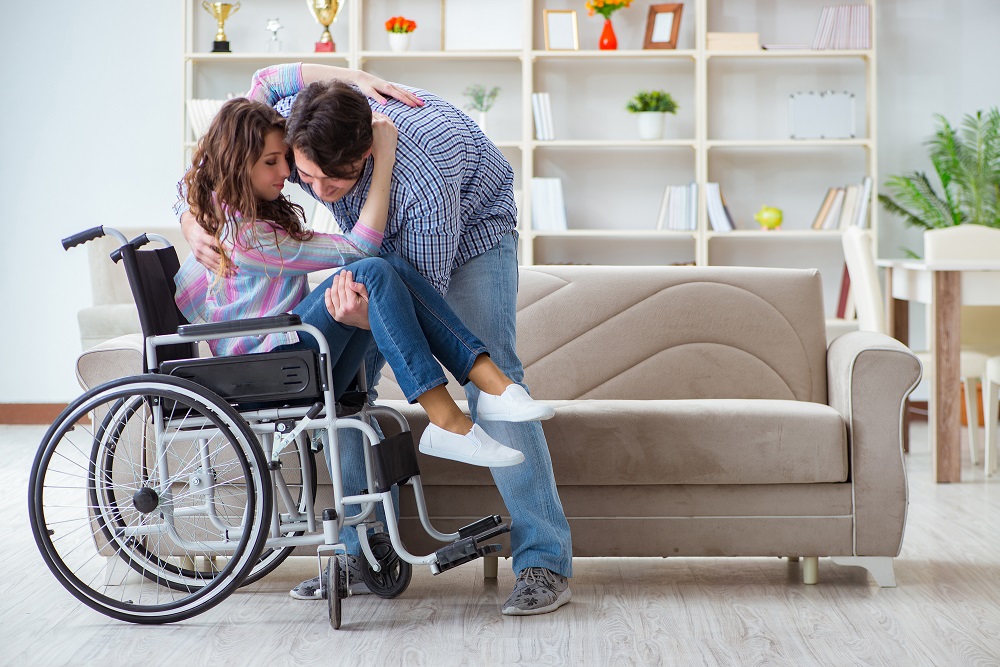Mobility Aids Variations and It’s Use

Mobility aids is a special device to help and support the mobility of disabled people and also the ones with injury or fracture. They are also used by aged people who have greater chances of falling and getting imbalanced. With the help of such devices, the aged, disabled or injured people experience a sense of independence which boosts their self-esteem. Today there are different types of mobility aids available in the market. Some of them are discussed below:
- Canes – Canes are used as mobility aids even by hikers to balance their body weight. They are basically walking sticks that support in transmitting the body weight on them. But they take a lesser weight of the lower body which puts more pressure on hands and wrists. Some of them are foldable and adjustable as well. There are three types of canes:
- White canes- used by people who are visually impaired. They are mostly longer and thinner in size.
- Quad canes- being four-footed they provide a greater base and stability.
- Forearm canes- they offer forearm support that helps in distributing the body weight from wrist to arm.
- Crutches – To transfer the body weight from the legs to the upper body crutches can be used. You can use them in pairs and also single. Crutches keep the backbone of a person upright. Different types of crutches are:
- Axillary (underarm) crutches- In case of axillary crutches one part of it is placed in a position against the ribcage under the armpits and users hold onto the hand grip. People with short-term injuries use them.
- Lofstrand crutches- Here the arm is placed into a metal or plastic cuff to hold a handgrip. They are mostly used by people with long term injuries.
- Platform crutches- With platform clutches, while the hand holds a grip, the forearm is rested on a horizontal platform. These are commonly used by patients of arthritis or cerebral palsy.
- Walkers or Zimmers frame – walkers are made of a metal framework having four legs. They provide a great deal of support and stability to the user. Some walkers are installed with wheels or glide on the base of the legs that allows the user to slide it rather than having to lift it. Wheels on the walker are really an advantage. Following are the subcategories of walkers:
- Rollators- This is yet another common type of walker, but it comes with four wheels that make the movement easy. It also has a handlebar and comes with a seat for comfortable movement of the user. The hand brakes in it provide extra safety.
- Knee walkers- Here there is space for the user to rest his knee on a padded cushion while moving forward with their stronger leg.
- Walker-cane hybrids- These have only two legs with a cross between a cane and a walker. One can use either one hand or both to provide support to the cane.

- Wheelchairs – The people who cannot walk or put any weight on their lower limbs are prescribed wheelchairs. They are usually pushed by someone else or in rare cases propelled by the user or electrically operated.
- Guide dogs- These types of dogs are specially trained to provide guidance to people who are blind or visually impaired. They are very faithful and helpful to the owner in negotiating obstacles. Apart from this they also act like a friend to the user which brings in a lot of positivity in their lives.
- Mobility scooters- Mobility scooters are used by those who lack upper body strength. There are footplates for the user to rest the feet with steering wheels to control the direction of the scooter. They are mostly battery powered that needs training before use.
Whether it is a temporary or permanent mobility issue, mobility aids are of great use for all. The type of mobility aids depends upon the issues and needs of the users. No doubt they are useful but are not free of accidents. So, one should use them with care and proper training.